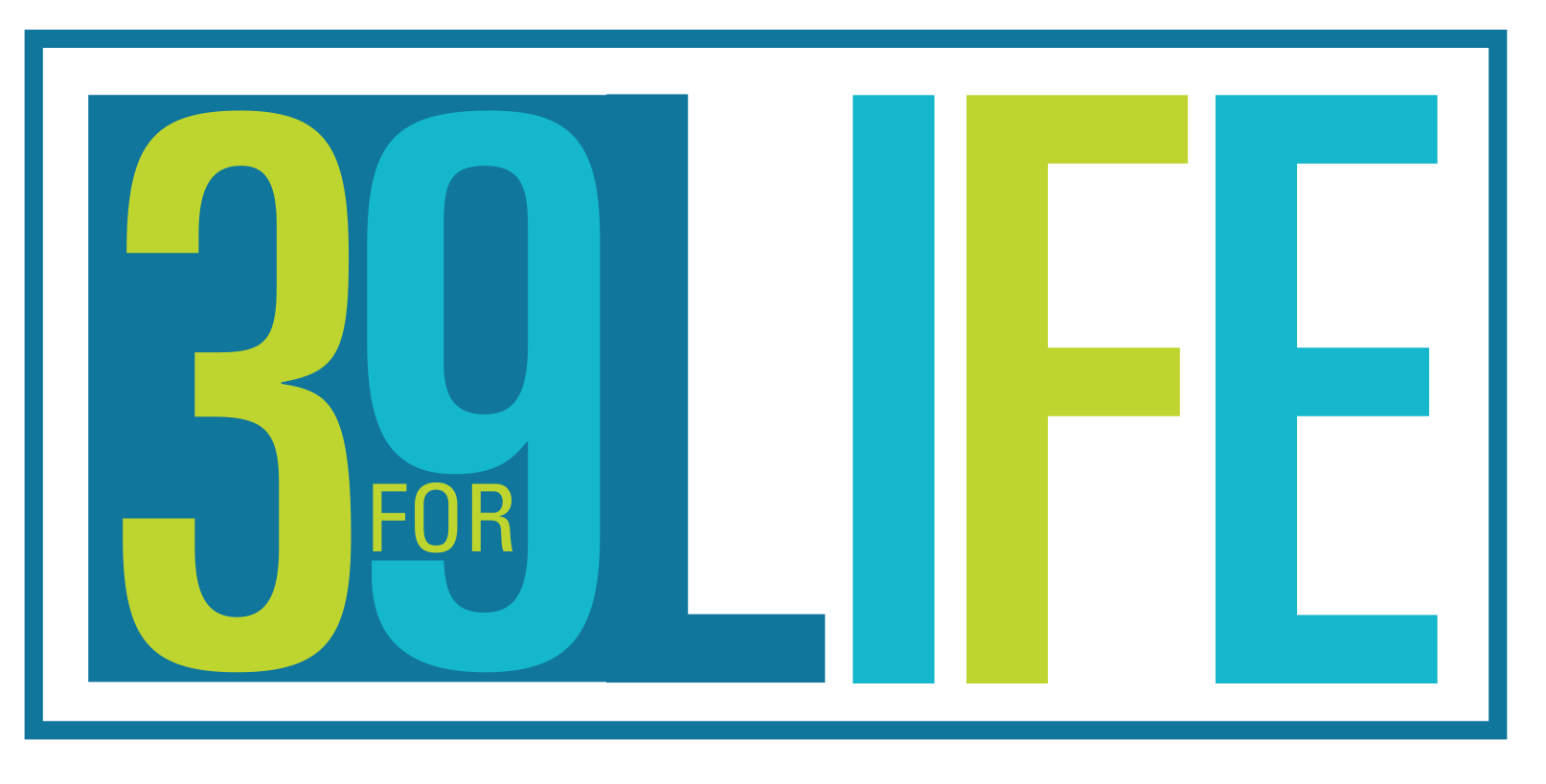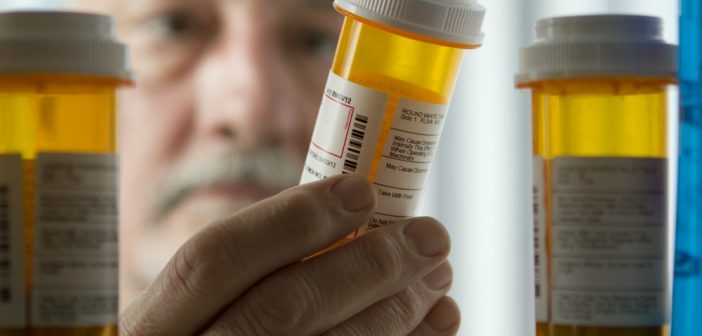Nearly all American adults take at least one medication a day, and 29 percent take five or more each day. These medications can help keep people healthy, but the number of prescriptions also makes it easier to have an adverse drug event like harmful side effects, overdoses and allergic reactions.
Each year, adverse drug events cause more than one million emergency room visits, costing more than $3 billion. Whether at home or at the doctor’s office, here are five steps you can take to help prevent harmful problems with medications.
Follow the label
Always follow the directions for each medication you are taking. Make sure to take the right dose at the right time, and with the right food. Some medications can only work when they are taken regularly as directed. Medications may also interact with certain foods, so be sure to follow the instructions and know whether the drug must be taken with or without food. Do not make any changes to when and how you take your medications without talking to your doctor.
Ask questions
Do not hesitate to ask your doctor or pharmacist questions about each medication you are taking. Many adults have multiple medications, and keeping them straight can be confusing. Your doctors and pharmacists are an important resource to help you understand when and how to take your prescriptions and what interactions they may have with each other or with foods. If you are having trouble reading the labels or opening the containers, a pharmacist can help with that. Medications may be available in easy-to-open containers, and the label and instructions can be printed in larger type. The best way to be informed and solve problems is to ask for help.
Keep a list
Related link: 4 ways your favorite foods are interfering with your medications.
Be sure to keep a list of every medication you take and when you take them. This will help you to stay on track, and it will also help any family members or caregivers who may need to help you. “It’s so important to be open with your doctor about the medications you are taking, whether they are prescriptions or over-the-counter,” said Nicole Ludema, Director of Social Services at Pointe Meadows Health and Rehabilitation. “With our patients, it’s not uncommon for one patient to be prescribed a number of different medications. So it’s essential for the healthcare provider to have a comprehensive view of a patient’s medication schedule to ensure their treatment plan is safe and effective.”
Related link: 6 ways to protect yourself during flu season.
Include any prescriptions, over the counter medicines, vitamins and supplements you are taking. Keep the list up to date and include any changes your doctor gives you.
Stay organized
Keeping track of several different medications can be difficult. Stay on top of your schedule with a pill organizer and get into a routine that will help you remember to take medicines at the right time. Pair up a medicine with an activity you will remember, like getting out of bed, brushing your teeth or mealtimes. Leave yourself notes that you will be sure to see. Pick any method that will help you stay on top of your prescription schedule.
Talk to your doctor
Check in with your doctor regularly about your medications. This is especially important if you have medications prescribed by different doctors. Talk to your doctor about all the medications you are taking and and confirm whether they are all still necessary. Discuss any side effects you have noticed and ask about interactions your prescriptions might have with other drugs or food. If your medicines have become too expensive, ask your doctor about cheaper alternatives. It is important to keep yourself and your doctor informed to get the most benefit out of your medications.
Taking prescription medication can help you live a healthy, independent life. However, it is vital that you are informed about the medication you take and how to be safe. Prevent harmful side effects and interactions by talking with your doctor and following the directions for each medication.
A version of this article was published by The Daily Herald. It has been republished here with permission.




